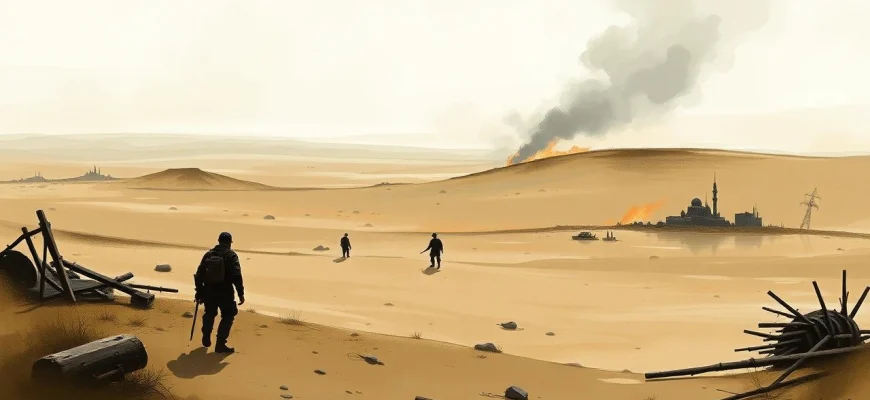If you were captivated by the intense, immersive experience of '1917' (2019), you're likely craving more films or shows that deliver the same gripping realism, emotional depth, and breathtaking cinematography. This article highlights 10 movies and TV series that share similar themes—war, survival, and human resilience—or employ the same innovative storytelling techniques. Whether you're a history buff, a fan of one-take cinematography, or simply love powerful narratives, this list will guide you to your next must-watch.
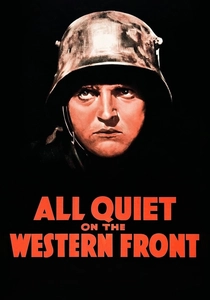
All Quiet on the Western Front (1930)
Description: As one of the first anti-war films, 'All Quiet on the Western Front' shares with '1917' a profound empathy for the soldiers' plight and a stark depiction of war's horrors. Both films focus on young, inexperienced soldiers facing the brutal realities of combat, offering a deeply human perspective on war.
Fact: The film was the first to win both Best Picture and Best Director at the Oscars. It was banned in several countries, including Germany, for its pacifist message. The novel's author, Erich Maria Remarque, was a German veteran of WWI.
 Watch Now
Watch Now 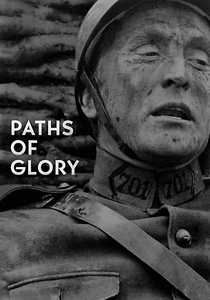
Paths of Glory (1957)
Description: Stanley Kubrick's 'Paths of Glory' shares with '1917' a critical perspective on the futility and injustice of war. Both films highlight the disconnect between military leadership and the soldiers on the ground. The stark, realistic portrayal of trench warfare in 'Paths of Glory' resonates with the gritty, immersive visuals of '1917'.
Fact: The film was banned in France for nearly 20 years due to its controversial portrayal of the French military. Kirk Douglas starred in and helped produce the film. The final scene, featuring a German woman singing to French soldiers, is one of the most poignant moments in war cinema.
 Watch Now
Watch Now 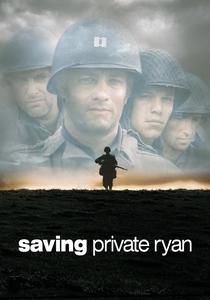
Saving Private Ryan (1998)
Description: Like '1917', 'Saving Private Ryan' is a visceral and realistic portrayal of war, focusing on the personal experiences of soldiers. Both films use groundbreaking cinematography to immerse the audience in the battlefield, with 'Saving Private Ryan's' opening D-Day sequence being particularly notable for its intensity and realism, much like the continuous shot technique in '1917'.
Fact: The D-Day landing scene took 25 days to film and cost $12 million. Steven Spielberg cast relatively unknown actors for the main roles to avoid audience preconceptions. Many veterans who saw the film found it so realistic that they had to leave the theater.
 Watch Now
Watch Now 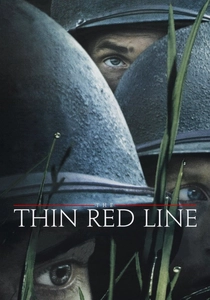
The Thin Red Line (1998)
Description: Both 'The Thin Red Line' and '1917' explore the psychological and emotional toll of war, rather than just the physical battles. Terrence Malick's poetic and philosophical approach to the war genre complements '1917's' more visceral but equally introspective style. Both films use stunning cinematography to contrast the beauty of nature with the horrors of war.
Fact: The film was Terrence Malick's first in 20 years. The original cut was over 5 hours long. Many famous actors, including Adrien Brody, had their roles significantly reduced in the final edit.
 Watch Now
Watch Now 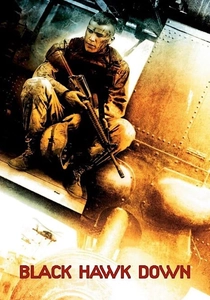
Black Hawk Down (2001)
Description: 'Black Hawk Down' and '1917' both depict the chaos and confusion of modern warfare with a relentless, immersive style. Ridley Scott's direction, like Sam Mendes', uses dynamic cinematography and tight pacing to place the audience in the middle of the action. Both films emphasize the bravery and vulnerability of soldiers in extreme situations.
Fact: The film was shot in Morocco, with the city of Rabat standing in for Mogadishu. Many of the actors underwent rigorous military training to prepare for their roles. The real-life battle inspired changes in U.S. military tactics.
 Watch Now
Watch Now 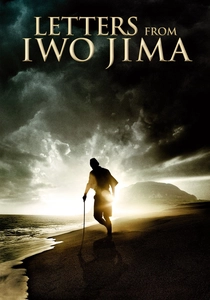
Letters from Iwo Jima (2006)
Description: Clint Eastwood's 'Letters from Iwo Jima' shares with '1917' a focus on the human side of war, portraying soldiers as individuals rather than faceless combatants. Both films use a somber, reflective tone to explore themes of duty, survival, and the futility of war. The cinematography in both films emphasizes the bleak, oppressive environments of the battlefield.
Fact: The film was shot back-to-back with 'Flags of Our Fathers', offering two perspectives on the Battle of Iwo Jima. The script was based on letters found in the island's caves decades after the war. Ken Watanabe's performance was widely praised, earning him several award nominations.
 Watch Now
Watch Now 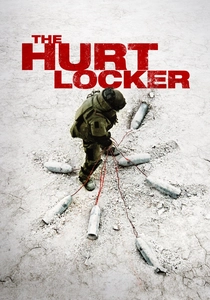
The Hurt Locker (2008)
Description: 'The Hurt Locker' and '1917' both immerse the audience in the tense, unpredictable nature of war. Kathryn Bigelow's direction, like Sam Mendes', uses a documentary-like style to create a sense of realism and immediacy. Both films focus on the psychological impact of war, with 'The Hurt Locker' exploring the addiction to danger that some soldiers experience.
Fact: The film was shot in Jordan, near the Iraqi border, to enhance authenticity. Jeremy Renner performed many of his own stunts. Kathryn Bigelow became the first woman to win the Oscar for Best Director for this film.
 Watch Now
Watch Now 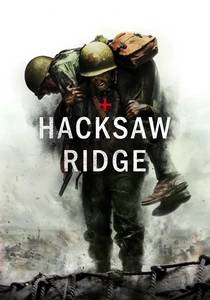
Hacksaw Ridge (2016)
Description: 'Hacksaw Ridge' shares with '1917' a focus on the brutality of war and the resilience of the human spirit. Both films depict the horrors of combat with unflinching realism, while also highlighting moments of extraordinary bravery. The battle scenes in 'Hacksaw Ridge' are as intense and immersive as those in '1917', making the audience feel the chaos and danger of war.
Fact: Mel Gibson returned to directing after a 10-year hiatus with this film. Andrew Garfield spent a year preparing for his role, including meeting the real Desmond Doss's family. The film's battle scenes were shot in Australia, with the terrain modified to resemble Okinawa.
 Watch Now
Watch Now 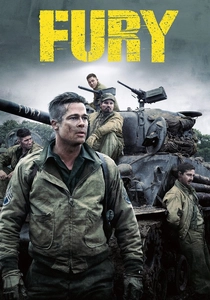
Fury (2014)
Description: 'Fury' and '1917' both depict the relentless and brutal nature of war, focusing on a small group of soldiers navigating through enemy territory. Both films emphasize the camaraderie and tension among soldiers, as well as the moral ambiguities of war. The claustrophobic tank battles in 'Fury' parallel the tense, close-quarters combat in '1917'.
Fact: Brad Pitt and the cast underwent intense military training for their roles. The film's tank battles were choreographed with real, functioning WWII tanks. The script was inspired by real accounts from tank crews during WWII.
 Watch Now
Watch Now 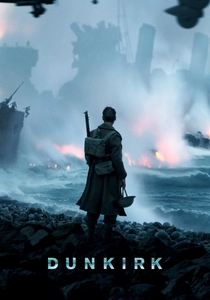
Dunkirk (2017)
Description: Similar to '1917', 'Dunkirk' is a war film that emphasizes the intensity and chaos of battle through its immersive storytelling and visual style. Both films use a real-time narrative approach to create a sense of urgency and immediacy, drawing the audience into the soldiers' experiences. Christopher Nolan's direction, like Sam Mendes' in '1917', employs long takes and minimal dialogue to heighten the tension and realism.
Fact: 'Dunkirk' was filmed using a combination of IMAX 65mm and 65mm large-format film to enhance the visual experience. The film features minimal CGI, relying instead on practical effects and real locations. Hans Zimmer's score uses a ticking clock sound to create a sense of impending doom, mirroring the film's tension.
 Watch Now
Watch Now 
